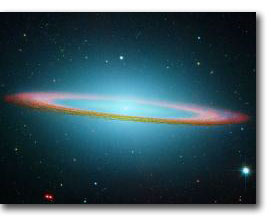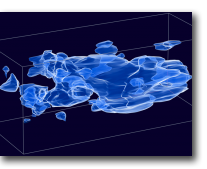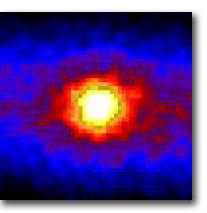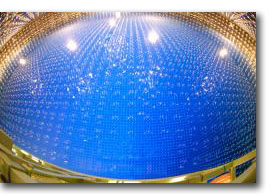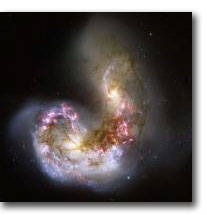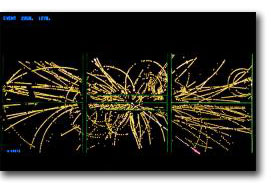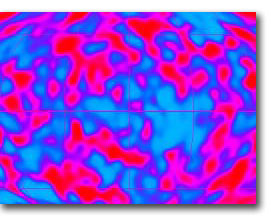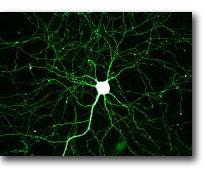Most theories predict that at some time in the future, matter, structures, and/or the universe will have an end. Protons could decay within about 1050 years according to Grand Unification theories. The whole universe should approach an absolute zero temperature within 10100 years, even black holes having evaporated. And time itself could have an end, in a final imploding big-crunch singularity or in a diverging expansion cutting the universe in smaller and smaller chunks up to each particle. If a form of intelligent life would still exist by such times (certainly not based on current biology), how could it adapt to handle such fundamental limits?
Living systems could optimize toward less redundancy and less energy consumption. However, such optimizations being finite, they would not solve the problem, unless time happens to be infinite.
In end-of-time singularity scenarios, life could try to slow down perceived time by thinking faster. For example, the same amount of thinking and experience of billion years of human life could happen in a second. However, the energy required would accordingly increase, and physical time would subjectively slow down but not stop. In order to make eternity fit into a finite time interval, so as to escape an end of time singularity, infinitesimally small durations should exist, but time could be discrete at Planck scales, and even if it was not, infinite amount of energy would need to be pumped in the “eternity” process, so as it cannot happen “before” the singularity. Some argue that it could happen “during” the singularity itself.
So how to escape the system? Logically this should be impossible. However, the system could prove to be more deep and resourceful than we perceive it today.
My favorite dream is about an infinite “sub-time”, perfectly still into each instant of time, where life could ultimately translate itself. There is also the idea of a cyclical universe, where the same finite combinatories of experience would come up again and again, which is similar, as if the whole universe was cyclical, time included, then it would not cycle within time but within another variable, so there would be no way to make a difference within time between it being cycling or not cycling. The same would apply if we live in a multiverse, like the one modeled by the chaotic inflation theory, where any singularity is local and the multiverse is made of a non-countable infinity of inflationary domains.
So this fundamental question appears to be an introductory question about the nature and meaning of time.
